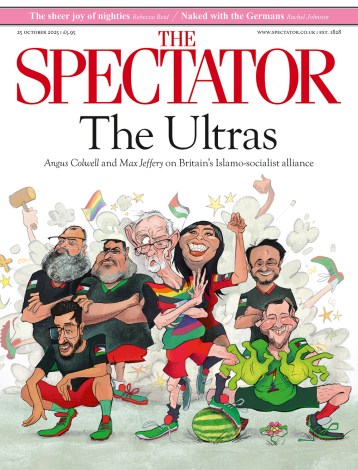‘It feels like 2010,’ was the verdict last week of one seasoned operator in the prime London property market.
What they meant is that after a period of uncertainty and restraint, the smart money is beginning to take a longer, harder look at the top-end of the London market.
In 2010, the market was coming to terms with impact from the global financial crisis. In recent years, pricing has been adjusting to higher taxation, a political by-product of the downturn designed to address wider affordability concerns.
However the stamp duty increase of December 2014 for £1 million-plus properties, which had the single biggest dampening effect on demand, is nearly two and a half years old. Or about the same age as the financial crisis was at the start of 2010.
Asking prices increasingly factor in higher transaction costs and the result is a market showing signs of bottoming out. This is particularly true in the area known as prime central London, which bore the initial brunt of tax hikes and tends to exhibit trends that eventually ripple out to the rest of the capital.
Buyers and sellers can quickly gain a sense of urgency when they believe prices are on the rise, and we are clearly not at that point. However, before that moment must come the market low, a grey area in terms of when it arrives, how long it lasts and who calls it correctly.
We are not attempting to call the bottom here but one noteworthy trend we have observed in prime central London in recent months is an uptick in leading indicators of demand, as the chart below shows.
The number of new prospective buyers who registered in prime central London in the first quarter of 2017 was last surpassed in the first quarter of 2014. It was the same story for the number of properties under offer, which was matched in the first quarter of 2014. Meanwhile, the number of viewings between January and March 2017 was at a record high.
 These indicators are not yet reflected in the number of exchanges. While the figure was 3 per cent higher in the final quarter of 2016 versus the same period in 2015, there was an 11 per cent year-on-year fall in Q1 2017. However, the data is distorted due to an unprecedented spike in activity last March ahead of a stamp duty increase in April. It is worth noting that the Q1 2017 figure is higher than the first three months of 2015.
These indicators are not yet reflected in the number of exchanges. While the figure was 3 per cent higher in the final quarter of 2016 versus the same period in 2015, there was an 11 per cent year-on-year fall in Q1 2017. However, the data is distorted due to an unprecedented spike in activity last March ahead of a stamp duty increase in April. It is worth noting that the Q1 2017 figure is higher than the first three months of 2015.
This is translating into slowing price declines, as the chart below demonstrates, and we forecast broadly flat price growth in 2017 after a -6.3 per cent decline in 2016.
 To be clear, the prime central London market is far from being in an upswing, but key indicators have started pointing upwards and sideways rather than downwards.
To be clear, the prime central London market is far from being in an upswing, but key indicators have started pointing upwards and sideways rather than downwards.
However, the noise surrounding economic and geopolitical events including Brexit is often the primary focus. The smart money is able to filter this out and focus on the underlying picture.
Admittedly, the trajectory of Brexit talks remains unknown but the mood music is turning more pragmatic and few believe London will be materially diminished as a financial centre, irrespective of the outcome.
Indeed, year-end forecasts from a number of banks show buyers denominated in overseas currencies attempting to anticipate the bottom of the sterling exchange rate before buying in London may have already missed their opportunity.
Since the referendum, the pound fell to its weakest against the dollar on 16 January 2017, ending the day at $1.21, or -17.75 per cent down since the vote. On the day Article 50 was triggered, it ended the day at $1.24.
Furthermore, a number of wider economic indicators turned more positive in the first quarter. These include optimism levels among banks and chief financial officers across a range of sectors, the lowest unemployment rate since 1975, better-than-forecast PMI data and a rate of inflation that is set to come under control. There were also positive economic indicators in the US and the Eurozone, where the debate is whether the European Central Bank should end its quantitative easing programme earlier than expected.
Should this sort of momentum gather pace, a broader base of buyers will be taking a harder look at the prime London market.
Tom Bill is Head of London Residential Research at Knight Frank






Comments